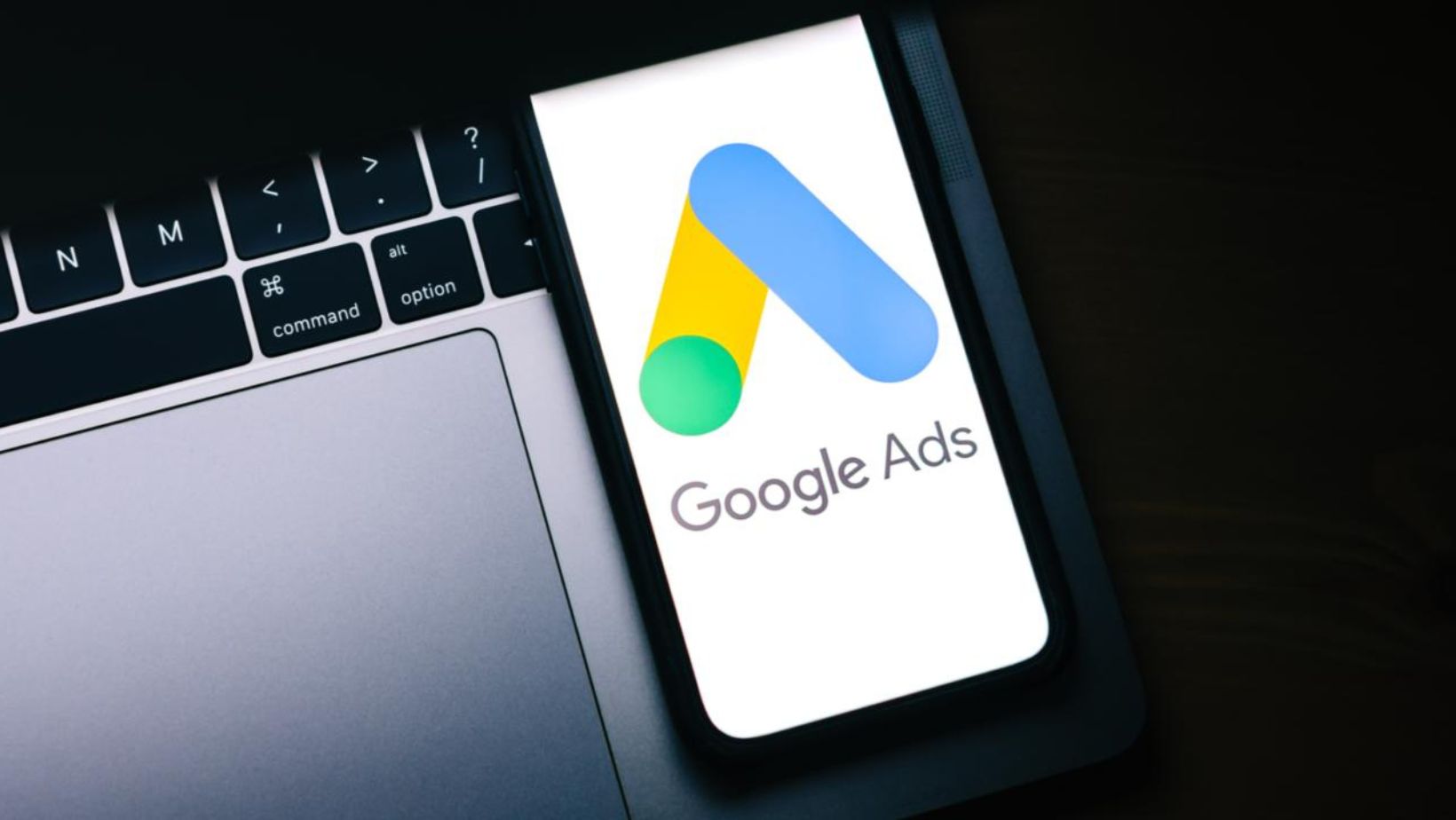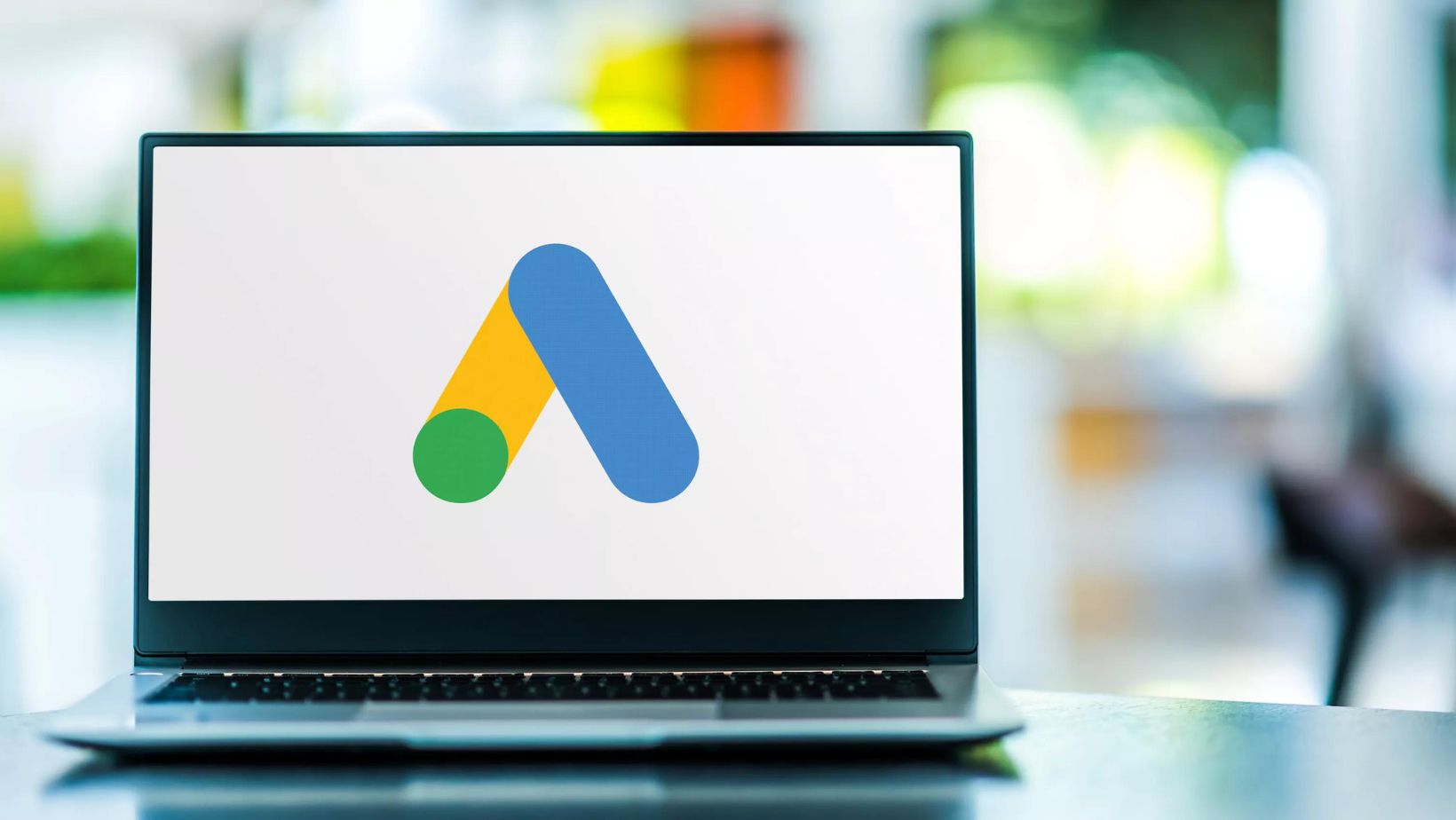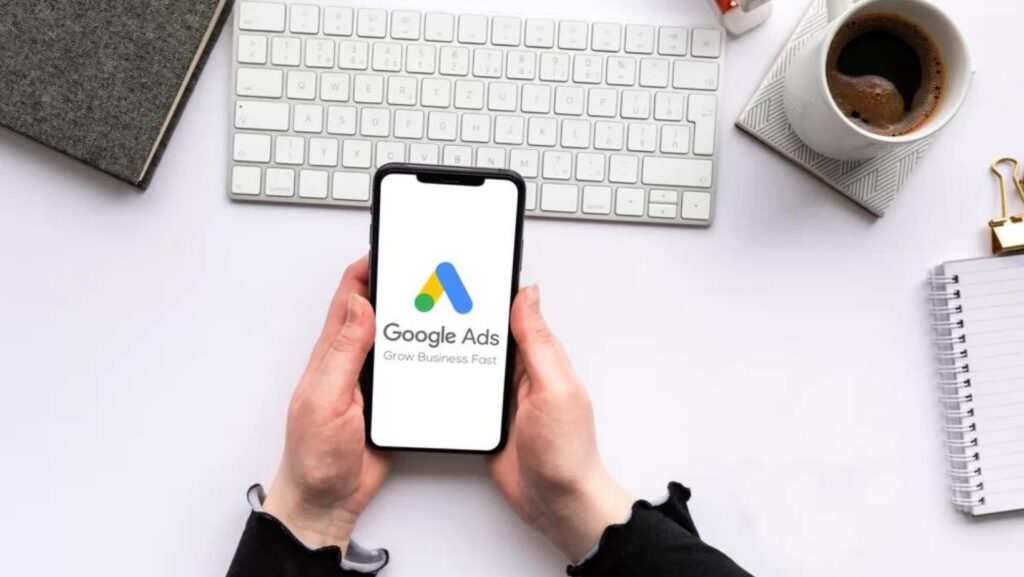Google Ads or paid advertising can boost your business growth. You should consider investing in digital ads to secure an edge in today’s competitive market. With the right strategies, you can transform these investments into substantial returns. In this Google Ads guide, you’ll learn how to maximize your advertising and aid your business expansion.
What You Should Know About Google Ads
Google Ads operates as an online advertising platform where advertisers like you bid to display:
- Brief advertisements
- Service offerings
- Product listings
- Videos
Google Ads also includes options such as Search Ads, Display Ads, Video Ads, and Shopping Ads, catering to various advertising needs.
Why Use Google Ads?
Immediate Traffic Generation
Google Ads can drive traffic to your site by providing immediate visibility and customer interaction.
High Customization and Targeting Capabilities
Customize your ads to the demographics, interests, and search behaviors of your target audience.
Measurable ROI
Track your ads’ performance in real time and allow for adjustments.
What Do You Need for a Successful Google Ad Campaign?
Choose the Right Keywords for your Ads
Focus on keywords that your target customers are searching for.
There are several keyword research tools you can use, such as Google Keyword Planner. These tools can help you find high-volume, relevant keywords or terms that match your target audience’s search intent. You can also use long-tail keywords. While they are less common, they can lead to conversion rates due to their specificity.
Craft a Compelling BusinessAd Copy
Create ads that communicate value and end it with a call to action.
Ensure that your ad copy addresses the identified pain points of your target demographic. Use clear, persuasive language and always include an urgent, actionable CTA such as:
- Shop Now
- Learn More
- Get a Free Quote Today
Setting and Managing Budgets
Allocate your budgets wisely to maximize your ad performance without overspending.

Google Ads has built-in tools for adjusting bids automatically based on your performance targets and budget goals. Consider adopting a cost-per-acquisition (CPA) model. This will allow you to control your spending since you only pay when an ad leads to a conversion.
Other Effective Paid Advertising Platforms
Facebook Ads
FB offers varied targeting options based on user demographics, behaviors, and preferences. Use A/B testing to improve your ad images or headlines or ad copy to see which combinations perform the best.
LinkedIn Ads
Best for B2B companies looking to engage professionals and decision-makers. LinkedIn can improve your campaign’s precision by targeting your audience based on their job title, company, and industry.
Instagram Ads
IG makes use of visuals and is great for brands with strong visual content. Instagram Stories ads can provide a more immersive viewer experience. You should also include direct calls to action, such as:
- ‘Swipe Up’ to visit a website
- ‘Shop Now’ to encourage impulse buying behaviors
Choosing the Right Platform for Your Business
Consider your audience, the type of product or service you offer, and what you aim to achieve with your ads to select the most suitable platform.
Creating a Winning Strategy for Paid Ads
Set Clear Objectives for Your Google Ads
If you are aiming to increase brand awareness or sales or generate leads, set clear goals to guide your advertising strategy.

Set specific, measurable objectives such as increasing website traffic by 20% within three months or achieving a 10% conversion rate on lead generation ads. This will guide your strategies.
Target and Segment Your Audience
Understand who your customers are and segment your advertising to target these groups.
Use analytics tools to identify the demographic and psychographic characteristics of your audience. This will also help you create ads that speak directly to their needs and preferences.
Set a Budget for Your Ads
Consider your marketing budget and see what portion you should allocate to paid ads. Make sure to also focus on campaigns that offer the best return on investment.
Regularly review and adjust your ad spending based on your campaign performance and seasonal trends. For instance, you can increase your budget during high shopping seasons to take advantage of the increased spending.
Measure and Optimize Your Ad Performance
Key Metrics to Track
Understand metrics like Click-through Rate (CTR), Conversion Rate, Cost per Click (CPC), and Return on Ad Spend (ROAS).
Tools for Tracking and Analysis
Google Analytics can monitor your ads performance and help you make data-driven decisions.
Optimizing Campaigns
Regularly test and adjust your ads based on performance data to continually improve your approach.
Conclusion
Google Ads and other paid advertising venues can provide you with tools for business growth. Nevertheless, they require careful strategy and ongoing optimization. The potential for ROI exists if you apply targeted, well-managed campaigns.
Are you ready to see how paid ads can help your business grow? Start experimenting with the strategies discussed. You can also reach out to experts to further refine your advertising approach.


